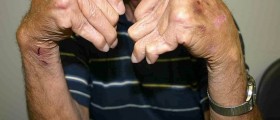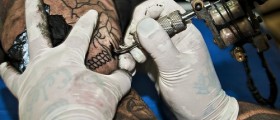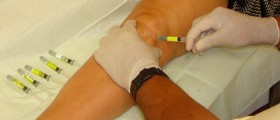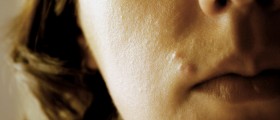
Dermal fillers are becoming more and more popular since they can provide with improvement in one's appearance. To be more precise, they can reverse some changes associated with the process of aging. The procedure with dermal fillings is a non-surgical method in which the dermis of the skin returns to its previous state and the overall appearance of the skin drastically improves. These products are basically administered in purpose of wrinkle elimination, lip enhancement and soft-tissue volume loss replacement. They can also raise scar depressions.
Dermal fillers actually correct damage caused by loss of important components of the skin collagen, elastin and hyaluronic acid, all of which are responsible for youthful appearance of the skin. Because of all the previously mentioned, as well as simplicity of their application, the demand for dermal fillers has significantly increased over the past years.
Different Classes of Dermal Fillers
All dermal fillers can simply be classified into two groups - temporary dermal fillers and permanent dermal fillers. There are many temporary dermal fillers and hydroxyappetite, hyaluronic acid, sculptra, fat and collagen are only some of them. They provide with temporary improvement in skin's appearance and the treatment generally must be repeated after a certain period of time. On the other hand, permanent dermal fillers provide with long-term results. Silicone is currently the leading permanent dermal filler.
Silicone dermal fillers used to have certain side effects (formation of granulomas at the injection site) but the technology of silicone production has significantly improved, so today silicone used as a dermal filler is of a much better quality. Collagen fillers provide with proper replacement for natural skin collagen that has been lost over the years. Collagen fillers are administered in an office setting. There is no recovery time. Since some collagen is of an animal origin it is essential to test it prior to application.
What Are Risks of Dermal Fillers?
It is essential to chose a well-experienced professional who is qualified and properly educated on how to perform a dermal filler procedure. The most serious risks actually occur in case of an unprofessional administration of such products. Hematomas and bleeding underneath the skin are two possible complications. Furthermore, a person may develop infection at the injection site and in severe cases there is a risk of necrosis and skin loss. Some patients are not quite satisfied with the results. This can be a big problems particularly if permanent dermal fillers are used. Another risk associated with dermal fillers is a formation of granuloma beneath the skin. Granulomas are treated with injection of anti-inflammatory drugs while larger granulomas require surgical excision. And finally, one more risk connected with dermal fillers is allergy. Fortunately, allergic reactions may develop only if dermal fillers of an animal origin are injected.
















Your thoughts on this
Loading...